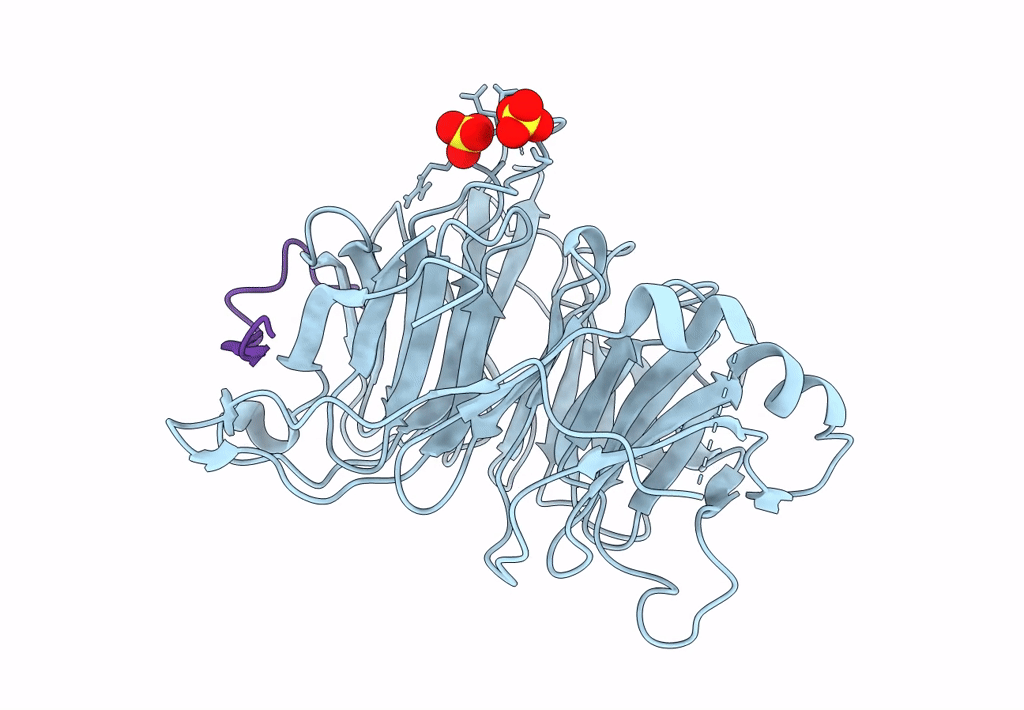
Deposition Date
2023-04-17
Release Date
2023-08-02
Last Version Date
2024-11-13
Entry Detail
PDB ID:
8SIU
Keywords:
Title:
Origin Recognition Complex Associated (ORCA) protein bound to Orc2
Biological Source:
Source Organism:
Rattus norvegicus (Taxon ID: 10116)
Host Organism:
Method Details:
Experimental Method:
Resolution:
1.80 Å
R-Value Free:
0.20
R-Value Work:
0.16
R-Value Observed:
0.17
Space Group:
C 2 2 21


